Although we rear chicken at home, having chicken for food is still something rare and being looked forward to. When instruction is out for us to go catch a chicken for slaughtering, a few of us would round up the chicken so we may catch one. We always choose the biggest. Even though these chicken are raised by us; feed them everyday; still they are not easy to catch. As soon as we catch one, we call on Abah Rahman to 'sembelih' the chicken.
After the proper 'sembelihan', and when the chicken is dead, we put it into boiled water so that we can peel off the feathers easily. Once all the feathers are pulled out, we burn the chicken over a small fire to burn off smaller feathers still on the chicken. Kak Ngah will then cut them into proper pieces and would normally cook the ever delicious 'lemak chili api'.
Since there were many of us; when food is served, Kak Ngah will present each and everyone of us 'one piece' each of the chicken. Since there is just enough to go around, you cannot have another, but you may have the gravy if you wish. The best part of it all is getting a piece of the 'hati ayam'; the most delicious part of the chicken. No matter how small, we will all get a piece of it each. Now - we can have a chicken each to ourselves!
3 years ago
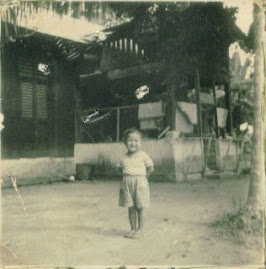.jpg)
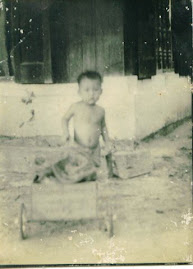.jpg)

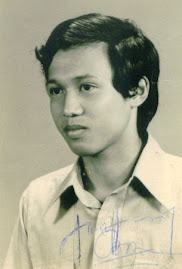.jpg)

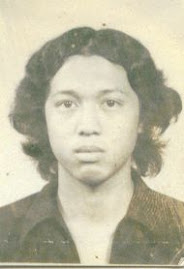.jpg)






















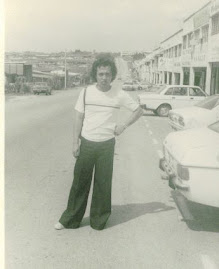.jpg)
.jpg)
.jpg)
.jpg)

.jpg)




























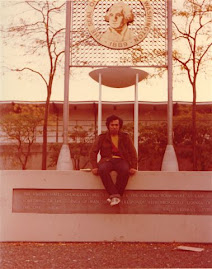.jpg)


.jpg)



